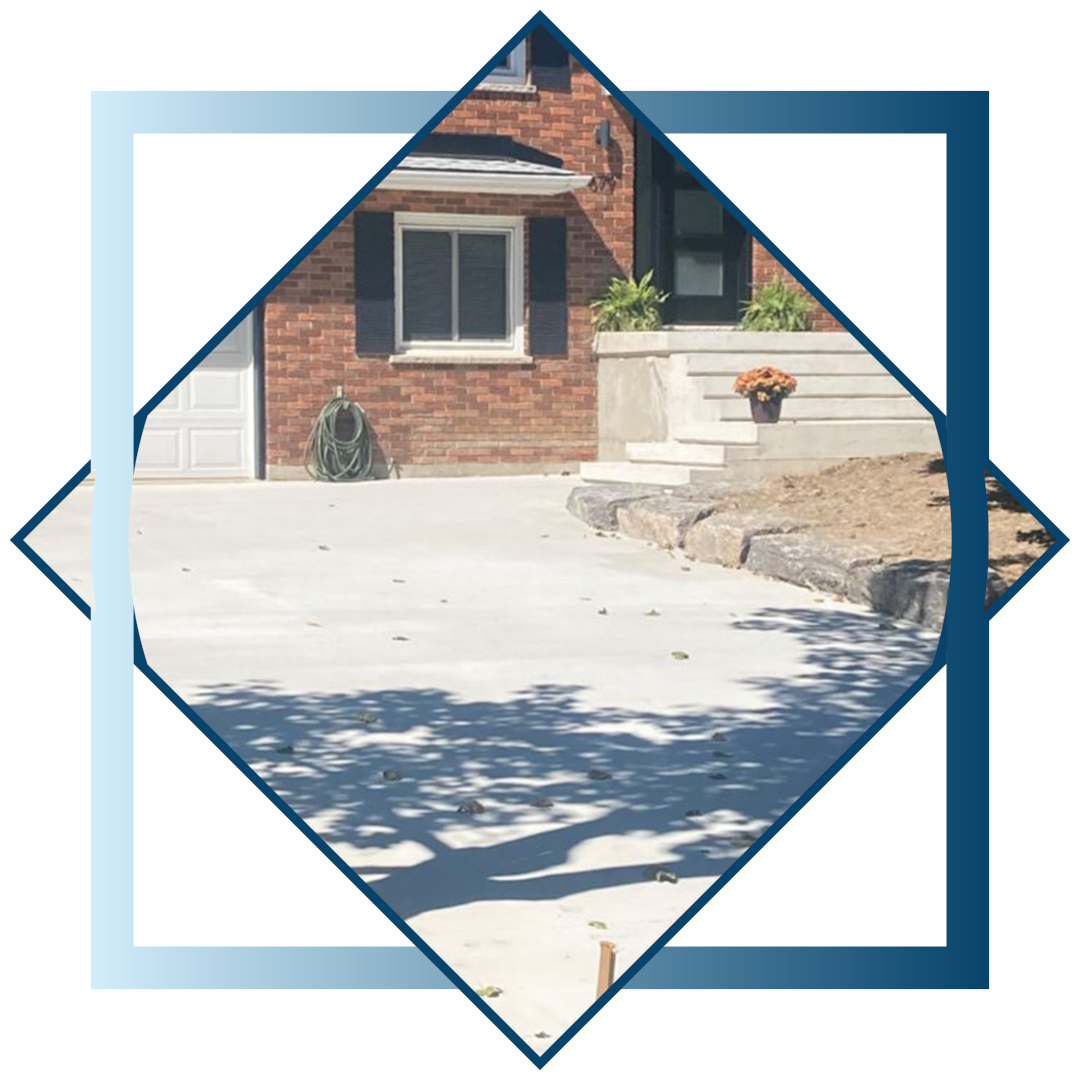Empty, collapsing structures are not just an eyesore, but a drain on the economic climate and a waste of productive land. Ever before greater construction requires ever more concrete and steel factories, releasing ever before much more contamination and carbon dioxide. As the Chinese landscape architect Yu Kongjian has actually mentioned, it likewise stifles the ecosystems-- productive soil, self-cleansing streams, storm-resisting mangrove swamps, flood-preventing forests-- on which people eventually depend. When this product binds political leaders, politicians and construction companies, the resulting nexus is practically difficult to budge.
- In 1891, George Bartholomew put the very first concrete street in the united state, and it still exists today.
- The details supplied should not be used as an alternative for expert solutions.
- SC resembles regular dirt when mixed, yet when compressed, the cement binds the soil fragments together, making it stronger and much more durable.
- In the posttensioning process, the steel is run through ducts developed in the concrete.

Flexible, Self-healing Concrete
Which material is concrete?
Simply put, concrete is a combination of cement, water, and accumulations (like sand and crushed rock) that solidifies with time to develop a solid, solid substance. It''s made use of in all kind of building and construction jobs due to the fact that it''s cost effective, sturdy, and can be molded into virtually any type of form.
Care has to additionally be taken to stay clear of cold or getting too hot because of the exothermic setting of cement. Incorrect curing can cause spalling, minimized toughness, poor abrasion resistance and fracturing. Disturbance in Learn here putting the Discover more here concrete can create the originally placed product to begin to set before the following set is added top. This develops a horizontal airplane of weakness called a cool joint between the two sets. [67] Once the mix is where it should be, the healing procedure should be regulated to guarantee that the concrete attains the desired characteristics. Throughout concrete prep work, various technological details might affect the quality and nature of the item. Concrete plants come in two major kinds, ready-mix plants and central mix plants.
Essential Control Aspects For Top Quality Ctb
Polymer concretes are often made use of for the repair and building of various other applications, such as drains. Concrete manufacturing is the process of blending with each other the numerous ingredients-- water, accumulation, concrete, and any additives-- to produce concrete. Once the ingredients are combined, workers should place the concrete in position before it solidifies. In modern-day use, many concrete manufacturing happens in a big type of industrial facility called a concrete plant, or usually a set plant. The common technique of positioning is casting in formwork, which holds the mix in form till it has set sufficient to hold its form alone. Frameworks utilizing Portland cement concrete normally consist of steel reinforcement because this sort of concrete can be formulated with high compressive toughness, but always has lower tensile stamina.

Can we kick our dependency, when it's so http://emiliosfbt695.lowescouponn.com/concrete-business-offering-comprehensive-construction-services-concrete-driveways hard to envision modern-day life without it? In this collection of write-ups, Concrete Week will explore the influence of the product on our atmosphere and us, and check out alternate choices for the future. Concrete reasons up to 8% of global CO2 discharges; if it were a nation it would certainly be the globe's worst wrongdoer after the US and China. It fills our rubbish dumps, overheats our cities, creates floodings that eliminates thousands of individuals-- and basically changes our partnership to the world.
An additional method to save weight was using really hefty aggregates reduced in the structure, and the use of lighter, less thick accumulations, such as pumice, high in the walls and in the dome. The toughness of concrete is determined in pounds per square inch or kilograms per square centimetre of pressure needed to crush an example of a given age or firmness. Concrete's stamina is affected by ecological variables, especially temperature level and wetness. If it is enabled to completely dry too soon, it can experience unequal tensile stresses that in an imperfectly solidified state can not be resisted. While doing so called healing, the concrete is maintained moist for time after putting to slow down the contraction that occurs as it sets.
The major benefits of air-entrained concrete include boosted workability throughout positioning, boosted resistance to cracking and surface area damages, boosted sturdiness versus fire damage, and overall strength. Furthermore, the air gaps in air-entrained concrete function as internal cushioning, absorbing energy throughout impact and increasing resistance to physical forces, thereby boosting its total sturdiness. In 1930, air-entraining representatives were established that significantly boosted concrete's resistance to cold and improved its workability. Air entrainment was a crucial growth in enhancing the resilience of contemporary concrete. Air entrainment is the use of representatives that, when included in concrete during mixing, develop lots of air bubbles that are extremely tiny and closely spaced, and most of them stay in the hard concrete. For hydration to happen, concrete has to have a minimum water-to-cement ratio of 25 components of water to 100 parts of concrete.